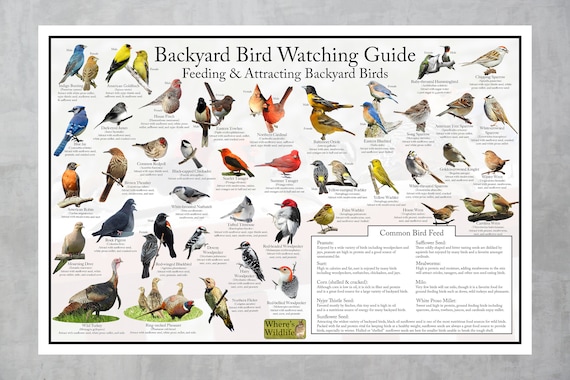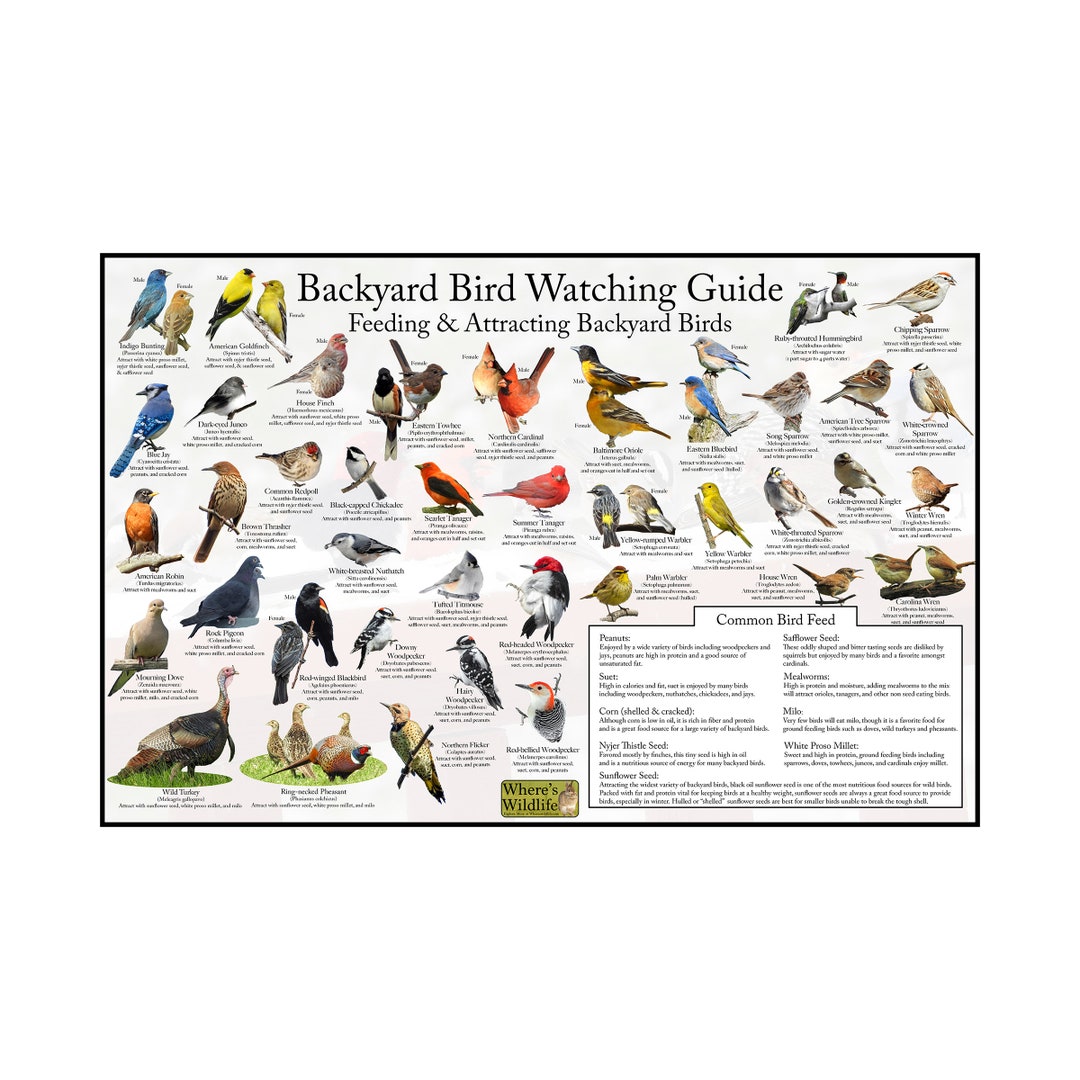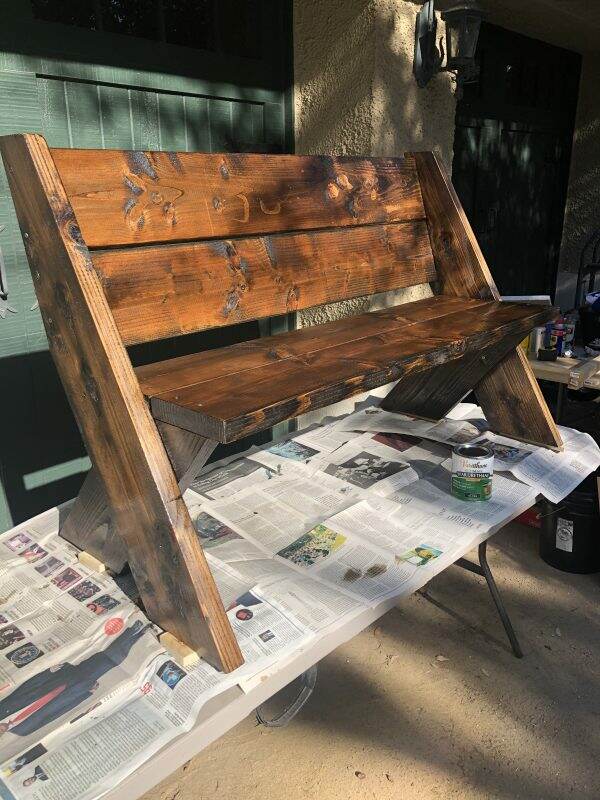Have you ever wondered how to make your bird watching experience even more enjoyable and comfortable? If so, you’re in for a treat! One crucial aspect that many bird enthusiasts overlook is the importance of having a good bird watching bench. This guide will walk you through everything you need to know about bird watching benches, ensuring you find the perfect spot to sit and observe your feathered friends.

This image is property of i.etsystatic.com.
Understanding Bird Watching Benches
Bird watching benches are specially designed seating options that offer comfort and support while you engage in your favorite pastime. These benches can enhance your bird watching experience by providing the right elevation, stability, and comfort you need to enjoy those long hours outdoors.
Bird watching isn’t just about sight; it often encompasses sound, smell, and the overall environment. A sturdy and comfy bench can significantly improve your ability to take it all in while keeping you comfortable so that you can stay focused when spotting that elusive bird.
The Benefits of Using a Bird Watching Bench
You might be wondering what benefits a bird watching bench offers compared to other seating arrangements. Here are a few compelling reasons:
-
Comfort: Enjoy bird watching without constantly shifting or fidgeting. A dedicated bench allows for extended periods of sitting without discomfort.
-
Stability: A proper bird watching bench provides a solid surface to rest your binoculars or camera. Stability ensures you can make quick, precise movements to catch sight of birds.
-
Height Advantage: Benches are often elevated and positioned strategically to give you a better view of your surroundings, increasing your chances of spotting birds.
-
Durability: Many benches are made from weather-resistant materials designed to withstand the elements, offering a long-lasting solution for your outdoor activities.
-
Social Aspect: Sitting on a bench can be a social experience. If you’re with family or friends, sharing a bench enhances camaraderie and facilitates discussions about your observations.
Choosing the Right Bird Watching Bench
Selecting the ideal bird watching bench requires some thought and consideration to meet your specific needs. Here’s what you should keep in mind.
Size and Dimensions
When it comes to bird watching benches, size matters. You want a bench that accommodates you comfortably without too much extra space. Here, you may want to think about:
-
Length: A standard length for a bench is typically around 4 to 6 feet but can vary based on your needs. It should be long enough to provide some space but compact enough for easy transport if needed.
-
Height: The bench height should allow you to sit comfortably while maintaining a good vantage point. A height of 18 to 24 inches is generally ideal for most users.
Material
The material of the bench plays a significant role in its durability and comfort. Consider these options:
| Material | Pros | Cons |
|---|---|---|
| Wood | Natural look, sturdy | Can require maintenance |
| Metal | Durable, weather-resistant | May become hot in sunlight |
| Plastic | Lightweight, portable | Less sturdy compared to wood |
| Composite | Weather-resistant, low maintenance | Typically heavier |
Choosing the right material comes down to personal preference and the conditions in which you plan to use the bench.
Portability
If you plan on moving locations frequently, a lightweight and foldable bench offers convenience. Look for benches that are easy to carry, as they allow you to set up and relocate quickly without too much hassle.
Stability and Base Design
A bench that is stable on uneven ground is essential for bird watching. Ensure the base design can handle natural terrains, such as grass, soil, and gravel, to prevent tipping.
Weather Resistance
Local weather conditions can heavily influence your bird watching experiences. A weather-resistant bench will withstand rain, sun, and snow, keeping you ready to bird watch regardless of the elements.

This image is property of www.tenderleaftoys.com.
Setting Up Your Bird Watching Bench
Once you have your bench, the next step is to set it up for optimum bird watching. Here’s how to make the most of your bench setup.
Choosing the Perfect Location
Pick a spot that allows for good visibility of the sky and surrounding areas. Trees, water bodies, and open fields are generally good locations to catch a variety of birds.
Elevation and Perspective
If you can position your bench at an elevated spot, this will create a better vantage point. Elevated sites, such as hills or platforms, can give you excellent sightlines for spotting birds in the trees or in open airspace.
Camouflage
If you’re in a heavily populated bird area, consider using natural materials to blend your bench with the surroundings. Leaves, branches, or other vegetative elements can make you less noticeable to the birds.
Comfort Considerations
Bring along cushions, blankets, or other comfort items to enhance your seating experience. It’s not uncommon to sit for extended periods during bird watching, so making your bench as cozy as possible can result in a better experience.
Essential Accessories for Bird Watching
In addition to your bird watching bench, having the right accessories can improve your overall experience. Here are some items to consider:
Binoculars
Good quality binoculars are a must-have for bird watchers. When selecting binoculars, consider:
- Magnification: 8x to 10x magnification usually works best for observing birds.
- Field of View: A wider field of view allows for easier tracking of moving birds.
- Quality: A lens that offers a crisp image can make all the difference, especially during twilight hours.
Field Guides
A field guide can significantly enhance your bird identification skills. Look for guides that cover:
- Local Species: Choose a guide tailored to your region for accurate identification.
- Visual Aids: Images and illustrations help you recognize various birds quickly.
Notebook and Pen
Taking notes can be a fun part of bird watching. Keep a field notebook handy to jot down observations, behaviors of the birds you see, and other important details.
Camera
For those who enjoy capturing the moment, a camera is essential. Photography can help you keep memories and even assist with bird identification later on.
Snacks and Hydration
Stay fueled and hydrated during your bird watching sessions. Consider lightweight snacks and a water bottle to keep your energy up without weighing you down.

This image is property of i.etsystatic.com.
Bird Watching Etiquette
Bird watching is not just about observing the birds; it also involves maintaining respect for nature and other watchers. Here are some guidelines to follow.
Maintain a Low Profile
When you spot a bird, try to keep your movements smooth and slow. Sudden movements can startle birds, causing them to fly away.
Keep Noise Levels Down
Being considerate of your surroundings is important. Avoid loud conversations and limit noise from devices. It helps keep the area peaceful for other bird watchers and does not scare away wildlife.
Follow Local Regulations
Each birding location may have specific guidelines, such as designated paths and restricted sections. Following these rules helps protect habitats and the wellbeing of local birds.
Respect Wildlife
Do not approach nests or young birds, and keep a safe distance from any wildlife. Handling or disturbing birds can be harmful to them and is often illegal.
Tips for Improved Bird Watching
While your bench setup and equipment are essential, honing your bird watching skills can maximize your enjoyment. Here’s how to become a better bird watcher.
Be Patient
Bird watching requires patience. Some days, birds may be scarce, while other times, you might see a variety of species. Don’t be discouraged; patience often pays off with exciting sightings!
Observe Quietly
While it’s tempting to talk about what you see, staying quiet really enhances the experience. You’ll hear sounds, movements, and even birds calling to each other, which can provide clues about their behaviors.
Learn Bird Calls
Recognizing bird calls is an invaluable skill that can improve your birding experience. Consider using bird call apps or field guides with auditory clips to familiarize yourself with local species.
Keep an Eye on Movement
Not all birds will be visible all the time. Watching for movements can lead you to hidden birds.
Consider the Time of Day
Bird activity can vary during the day. Early mornings and late afternoons are often prime times for bird watching. Adjust your schedule for the best opportunities!

This image is property of s3.amazonaws.com.
The Importance of Community in Bird Watching
Bird watching can also be a community experience. Connecting with fellow bird watchers can provide support, shared learning, and new friendships. Here are some ways you can engage with the community:
Join Local Bird Watching Clubs
Many regions have clubs dedicated to bird watching. Joining a local club can provide access to organized bird watches, educational events, and exposure to experienced birders.
Participate in Bird Counts
Citizen science initiatives, such as the Audubon Society’s Christmas Bird Count, allow bird watchers to contribute valuable data while connecting with others passionate about birds.
Share Your Findings
Share your experiences, photos, and observations with friends or online communities. Platforms like social media or specialized birding forums offer a way to connect and learn from other enthusiasts.
Conclusion
When you think about bird watching, it’s easy to focus solely on the birds. Yet, the right bird watching bench can significantly enhance your experience, providing comfort and stability while you immerse yourself in the beauty of nature.
By choosing the right bench, setting it up effectively, and being part of the wonderful birding community, you can take your bird watching game to the next level. So, grab your bench, binoculars, and some snacks, and head out to enjoy the vibrant world of birds waiting to be discovered!

This image is property of lifeatbellaterra.com.

